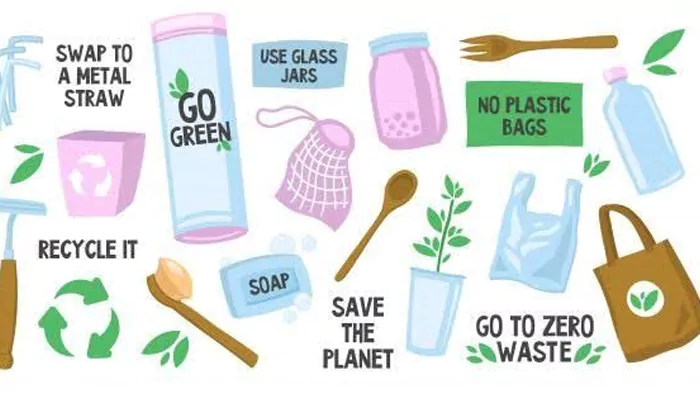Revisiting Ancient Indian Practices That Were Always Sustainable on World Environment Day
- Nomeeta
- 6 months ago
- 4 minutes read

This World Environment Day, let’s rediscover ancient Indian ways that have always cared for nature and helped protect our planet.
Environmental concerns are among the most pressing issues in today’s world. With the rapid rise of industrialisation, commercialization, and infrastructure development, our relationship with nature has become increasingly strained. Recognising the urgency of this challenge, the United Nations designated 5 June as World Environment Day to emphasize that protecting the environment is vital for human well-being and sustainable economic growth. This day serves as a call for individuals, communities, and businesses to reflect and take meaningful action.
In this context, revisiting ancient Indian practices becomes essential. Rooted in deep respect for nature, these age-old practices fostered harmony between humans and the Earth. Ancient India, rich in cultural and spiritual wisdom, adopted sustainable methods long before environmentalism became a global movement. Embracing and adapting these practices today can guide us toward more eco-conscious living. Let us rediscover and revive these sustainable ways for a greener, more conscious future.
Earthen Utnesils
We’re sure you’ve either used or heard of Kulhad Chai at some point! The use of kulhads is one of India’s age-old sustainable practices. Being biodegradable, kulhads offer a plastic-free way to enjoy your favourite beverage. Cooking with earthen utensils is also known to enhance nutrition, as they naturally infuse food with essential minerals like calcium and phosphorus. These traditional clay pots have long been a staple in Indian kitchens—and continue to be used today—not just for their cultural value, but for their health benefits too.

Plant-Based Tableware
Many of the eco-friendly practices gaining popularity around the world today actually stem from age-old Indian traditions. Remember those weddings where buffet-style dining wasn’t common? Guests would sit in rows—pangats—and enjoy their meals served on pattals, which are plates and bowls crafted from stitched Sal or Banyan leaves. These leaf plates, held together with tiny wooden sticks, are still widely used in wedding ceremonies and community feasts across India, especially in tribal regions. Apart from pattals, banana leaves have long been used as natural serving platters, particularly in parts of West Bengal and Southern India. Imagine if we moved away from metal and glass tableware and returned to using these biodegradable alternatives. Now that would be a truly eco-friendly shift!

Sustainable Clothing
Long before the advent of synthetic fabrics—whose mass production today significantly harms the environment—India embraced a sustainable approach to clothing. Fabrics like khadi and cotton were handwoven with care and dyed using natural colors derived from plants, roots, and minerals. This traditional process was not only eco-friendly but also deeply rooted in local craftsmanship and self-reliance. Clothing was valued and worn for long periods, passed down through generations, in stark contrast to today’s fast fashion culture that promotes excessive consumption and disposability.

Organic and Natural Farming
Organic and natural farming in India traditionally relied on eco-friendly methods like using cow dung, neem, buttermilk, and compost instead of chemical fertilizers and pesticides. These natural inputs enriched the soil and protected crops without harming the environment. Techniques such as crop rotation and mixed cropping further preserved soil fertility and promoted biodiversity. Such sustainable practices ensured long-term agricultural health.

Plant-based Personal Hygiene and Care Products
Toiletries and hygiene products are major contributors to solid waste today. In contrast, our ancestors embraced sustainable alternatives—using neem sticks as toothbrushes and combs. Neem, known for its powerful antimicrobial properties, served both hygienic and medicinal purposes. Similarly, they relied on Reetha, or soap nuts, as a natural shampoo, showcasing an eco-conscious lifestyle long before it became a trend.












